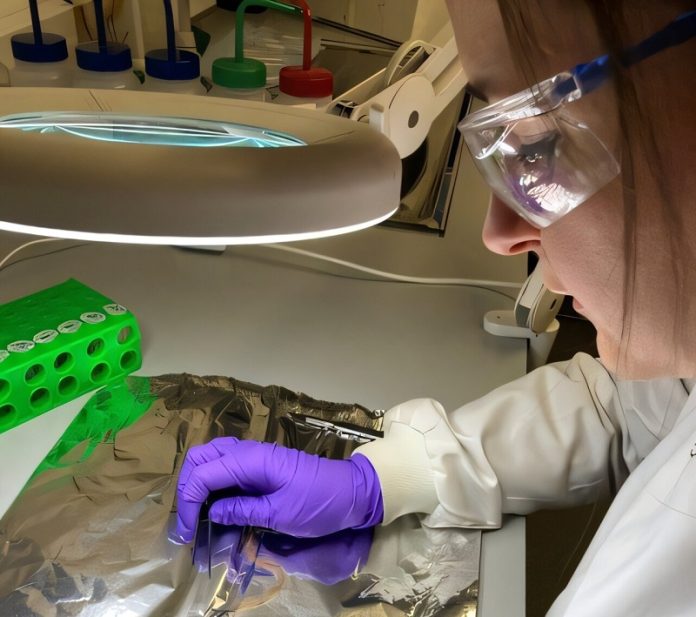
A new study has revealed that people living in Scotland today experience the same seasonal drop in vitamin D levels as those who lived there 400 years ago.
Despite major changes in lifestyle, diet, and health awareness, vitamin D levels remain lower in winter and higher in summer.
Researchers from the University of Aberdeen, Atlantic Technological University in Ireland, and Boise State University in the U.S. used a new technique to measure vitamin D levels in hair, making this the first study of its kind applied to ancient human remains.
The team compared hair samples from modern-day volunteers living in Aberdeen with a preserved hair sample from a person buried at St Nicholas Kirk in the 16th or 17th century.
The results showed that both groups had the same seasonal pattern of vitamin D levels, with a significant drop during the darker months.
Vitamin D is crucial for bone health, immunity, and preventing chronic diseases, but in Scotland, the sun is only strong enough to allow the body to produce it between April and September. The rest of the year, people must rely on food sources such as oily fish or take supplements.
Why haven’t vitamin D levels improved?
Professor Kate Britton, who led the study, explained that while today’s population has access to supplements and dietary advice, the seasonal decline in vitamin D levels remains unchanged.
“You would expect that with modern health promotions and supplements, this seasonal variation wouldn’t be as extreme,” Britton said. “Similarly, people in medieval Scotland probably spent more time outdoors and ate more local fish, which could have provided natural vitamin D. But despite these differences, we still see the same pattern in both modern and historical hair samples.”
The findings suggest that modern efforts to improve vitamin D levels may not be as effective as expected, or that other factors, such as lifestyle changes and body fat storage, play a role in vitamin D levels.
Traditionally, archaeologists have only been able to detect severe vitamin D deficiencies like rickets by studying skeletons. However, using hair samples provides a much more detailed and accurate picture of vitamin D levels over time. Since hair grows about one centimeter per month, this method allows researchers to track changes over several months rather than just getting a single snapshot from a blood test.
Professor Baukje de Roos from the University of Aberdeen’s Rowett Institute highlighted how this technique could help doctors monitor vitamin D levels more easily and provide better recommendations for health.
“The ability to track vitamin D in hair could help us understand how diet, supplements, and even weight loss affect our levels throughout the year,” de Roos said.
The researchers believe this technique could be expanded to study stress levels, diet, and even drug use in past populations. This groundbreaking research not only provides insights into the past but also has the potential to improve modern health monitoring.
By using hair samples, scientists now have a powerful tool to track vitamin D changes without needing blood tests, helping people stay healthier year-round.



